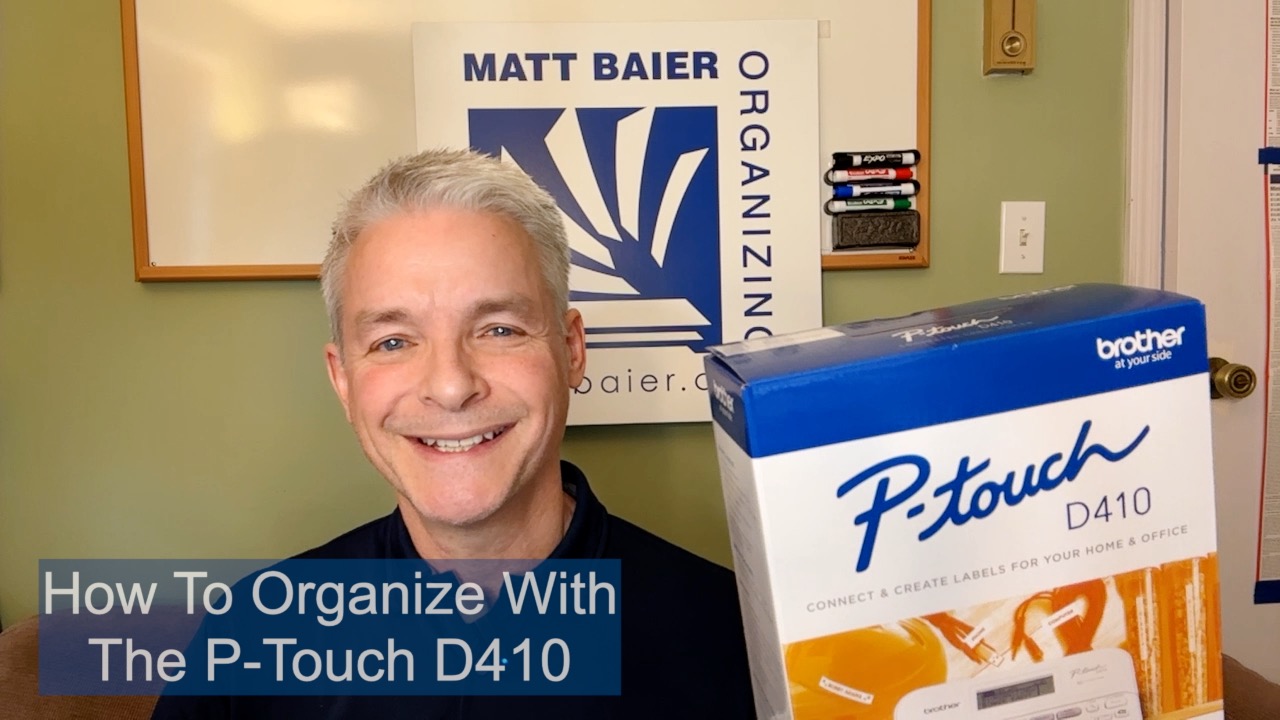Organizing for Self Storage
If you’ve got stuff in outside self-storage, you are in very good company. The storage industry is booming. About 10% of the population has stuff in storage. There are 3 times as many storage facilities as there are McDonalds. By 2018, it is expected to surpass 30 billion dollars a year!
Increasingly, people are finding self-storage to be a helpful way to manage their belongings either during a short-term transition, or as part of a more comprehensive process to create more living space at home. Either way, it helps to keep your storage unit organized. Here are 7 tips.
1. Simple Inventory
The reason I suggest creating a “SIMPLE” inventory of items you have in storage is because it should not be an intimidating prospect. If you get overly ambitious, you won’t do it. Start with the major categories, like furniture, holiday items, kitchenware, etc. Then include a few critical examples, like maybe the folding chairs you need once a year. A digital file makes it easy to update as old things go out and new things go in.
At the very least, snap a few pictures before you leave your possessions behind. It’s amazing how fast you will forget what you have in storage, without a simple record.
2. Do the math
If you are using outside storage as a permanent solution, it can become a very expensive proposition over time. Do the math on some items, especially furniture, that take up a lot of space. You may really like a dining room table and a set of chairs, but there’s no room for it in your small apartment. If you spend $100 a month on a unit and the table and chairs fill up half the unit, that’s $600 a year, $1,200 over two years, and so forth. Why not sell the dining set, save the cash, and save the savings from storage, for the day when you really are ready for a dining room set and buy a really awesome one? Odds are, however, your needs may well change by that time. Then you can spend the money on something else!
3. Exit Strategy
One of the reasons for keeping a simple inventory is to help with an exit strategy. When you are clear about what you have in storage, you can make a plan to divide and conquer from home. Let’s say you have two large units full of stuff. You will probably never find the perfect day to empty them out. However, when you know what you have, you can choose a few items to plan on donating, selling, and reassigning, so that you can reduce two units down to one and pay half. Then on another day you can work out a similar strategy to reduce the large unit down to a small one.
4. Store strategically
There’s no point keeping stuff that you can never find and access, when you need it. For starters, don’t pile everything into the middle of the floor. It’s understandable to want to use all the space you’re paying for, but it won’t serve your needs to block visibility and accessibility. Instead, create a U-shape with enough of an open space to stand in and turn around. That way you can view everything you have.
If you HAVE to fill this space, fill it with a cart of boxes that you can easily roll out into one unit.
5. Labels enable.
If you are just temporarily storing moving boxes for a few months, just labeling them with a black marker will identify them enough for the next steps. However, if your stuff is a “regular resident,” go with a transparent bin, with a clear label. I like the clear U-line press-on vinyl envelopes that allow you to easily switch out a label, as your storage needs change.
6. Go vertical
If you have items that need to stay in storage for a while, it’s worth investing in some simple shelves. Storage units tend to be quite high and shelves will allow you to take advantage of that height more safely than just stacking. Also, shelves will allow you to access boxes infinitely more easily on the lower layers.
7. Isolate the awkward
Of course there are a lot of items that don’t fit well on shelves. I call these items “awkwards.” These would include things like skis, fishing poles, and rakes. Reserve the corners of the unit to support these items. To keep them from sliding into the middle of the floor, position the shelves on either side. A simple paint bucket works wonders to hold their ends in place. When shelves overlap in the corner, this often ends up being dead space anyway. It’s perfect for bringing the awkward under control.
Reorganizng or reducing a storage unit can be a lot of work. It requires a lot of momentum, focus, and energy. Those are three of the most valuable features you get from our team approach. If you’d like that kind of help, please contact us at mattbaier.com.
Please Share With Your Community
















